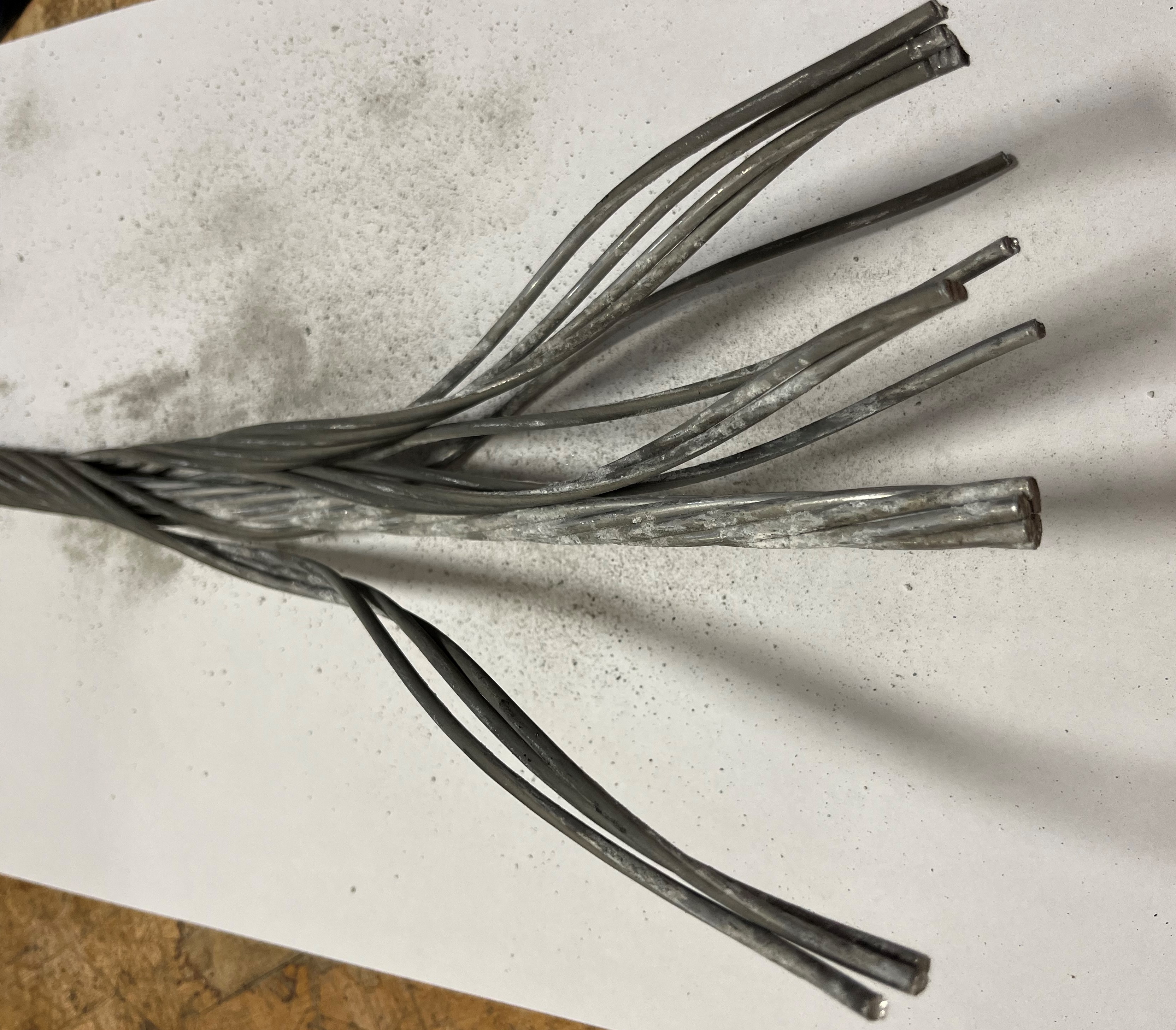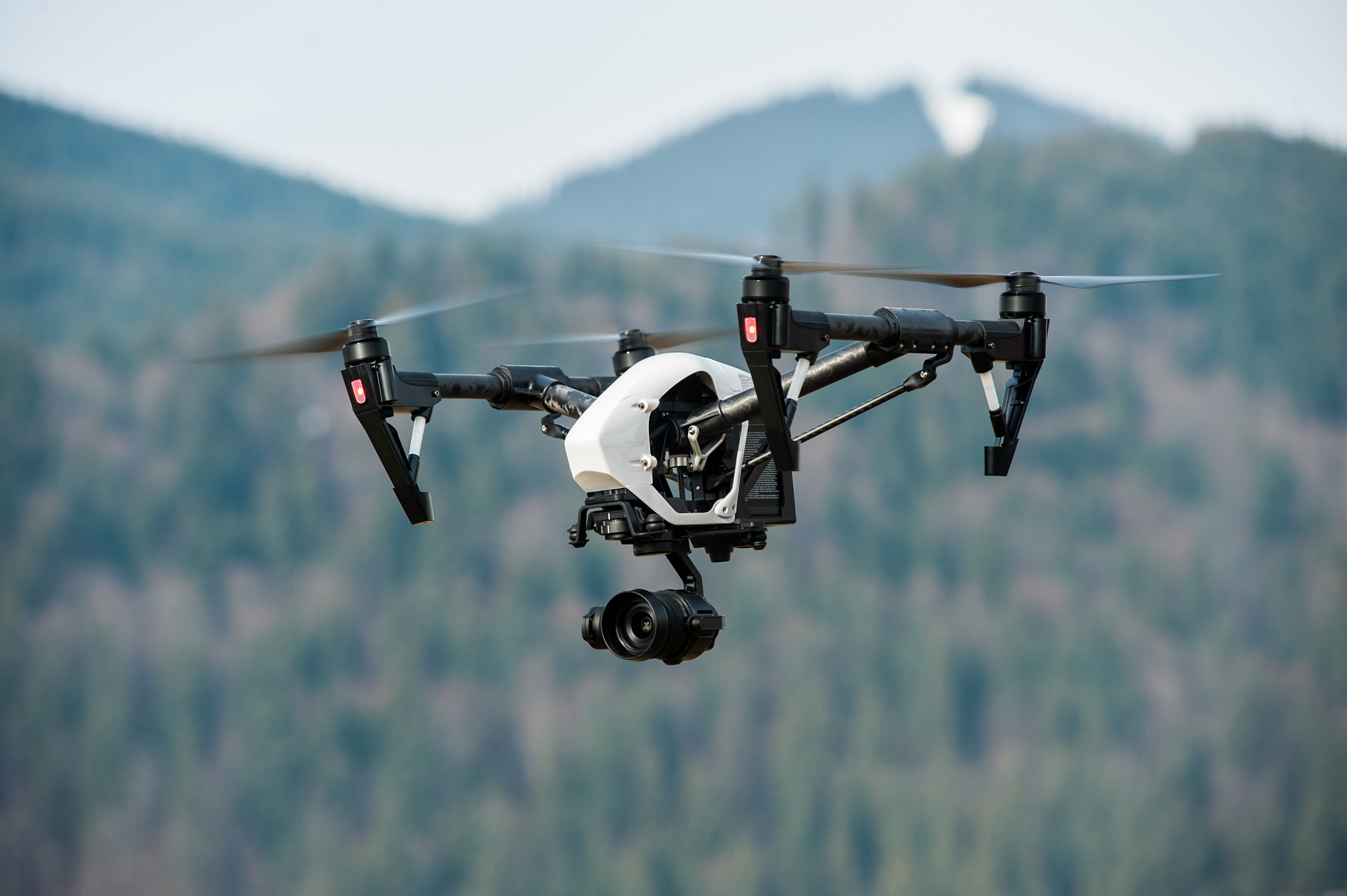Overview
Project Description
Key Research Question
Managers of overhead distribution systems are frequently challenged to improve system performance, manage a fleet of aging assets, and deploy new technology that is expected to perform for decades. Emerging technologies can offer opportunities to improve performance, but utilities lack objective performance assessments. Because total replacement of aged assets is impractical, utilities must strategically plan resources to best maintain system reliability while promoting safety, reliability, and environmental stewardship. The Overhead Assets project investigates new designs and approaches for overhead assets, asset degradation and failure, inspection methods, and emerging technologies to enhance component reliability, longevity, and cost-effectiveness. Asset managers can use the test data generated by the research to make informed decisions about selection, installation, inspection, maintenance, and replacement.
Objective
This research investigates overhead asset performance through application of well-documented and repeatable performance and aging tests. Asset managers can use test results to make effective asset decisions over an asset’s life cycle. Application of this information can:
- Enhance procurement equipment specifications
- Inform asset selection and installation
- Enable effective application of inspection technology
- Inform inspection and maintenance cycles
This project also intends to capture and document knowledge regarding overhead asset design and application. This material could be incorporated into guides, videos, and other training material for utilities.
Planned 2025 Research
This project conducts material and structure testing, evaluates inspection tools and technologies, and documents leading practices to inform overhead asset life-cycle decisions. The 2023 project includes the following tasks:

Resilient Structure Design: This task plans to develop a means of assessing the ability of a structure to dissipate impact loads, such as those created during tree strikes or when neighboring structures fail i.e., cascading failures. In 2025, the intent is to focus on simulating cascade events in a laboratory environment and characterizing the resulting loads on adjacent structures. Research results could help utilities develop new resilient standards.

Alternative Pole and Crossarm Material Evaluation: This task examines the short- and long-term performance of alternative pole and crossarm materials, such as composites, steel, ductile iron, and concrete. The research also considers inspection and maintenance approaches. In 2025, this task intends to investigate inspection technologies for alternative materials and their ability to measure aged asset ultimate loading strength and condition.

Overhead Connector Performance Testing: Utilities use connectors when constructing and maintaining distributions systems. Understanding the proper application and limitations of each connector type is critical in preventing outages. This task tests the electrical and mechanical performance of connectors under varying load and/or environmental conditions. In 2025, this task plans to test secondary connector performance under increasing loads due to electrification such as electric vehicle penetration.

Assessment of Conductor Performance and Emerging Materials: Accelerating electrification, including increasing use of electric vehicles, will require utilities to better understand the physical state and dynamic conditions of each line. A better understanding of condition of the existing conductor may prevent extensive reconductoring to accommodate the increased loads. In 2025 the intent of this task is to review aged conductor performance and the potential use of advanced conductors, such as high-temperature low sag (HTLS) in distribution applications.

Evaluation of Emerging Transformer Technologies: Pole-top transformer designs have remained relatively unchanged for decades while common household loads have changed significantly. Several transformer monitoring technologies may assist in lifecycle decisions such as maintenance, repair, and replacement. In 2025, this task plans to evaluate additional emerging transformer designs, analyze aged transformer performance including amorphous core units, and evaluate transformer monitoring technologies.

Evaluation of Pole Inspection Technologies: Pole condition assessment provides a means of prioritizing pole replacement to better optimize O&M budgets and prevent a significant volume of failures during storms. This task investigates tools used to assess the health of distribution poles of all types of materials. In 2025, this task intends to investigate the development of an inspection test line with known defects to evaluate inspection technology performance.

Online Condition Monitoring and Inspection of Overhead Systems: Utilities have begun deploying new sensing technologies to gain deeper insight into distribution systems. This task investigates and tests online monitoring systems and inspection tools that may identify outage precursors and help assess the overall health of overhead assets. In 2025, this task intends to help utilities evaluate new online monitoring technologies in the overhead distribution space through controlled lab tests, including vegetation encroachment, downed conductor detection, and equipment degradation and failure.

Visual Inspection and Condition-Based Monitoring: This task researches the relationships between distribution component health and visual data such as imagery, video, LiDAR, and other digital data. Determining the ability of visual based approaches to detect asset health concerns may help utilities by alerting them to deteriorating asset conditions before they become outages. For example, utility vehicles driving around service territories could be outfitted with cameras that collect imagery for post processing to reduce O&M through continual inspection.

Technology Scouting: The pace of change in distribution technology is accelerating, with new technologies, approaches, vendors, and service providers entering the market and offering new solutions. This research task plans to scout new technologies for overhead distribution and identify opportunities for further investigation and demonstration.
Research Value
The results from this research will provide distribution utility personnel with information and tools to improve specification and selection decisions for new overhead assets, increase system reliability and resiliency, enhance inspection and assessment effectiveness, lower inspection and maintenance costs, and increase awareness of emerging technologies.
Overhead Distribution (P180.001) Deliverables & Value Propositions
|
2025 Result |
Value |
Drivers |
||||
|---|---|---|---|---|---|---|
|
Reliability |
Resiliency |
Capital Project Support |
O&M Cost Management |
Modernization |
||
| Anti-Cascading Structure Investigation | Optimize structural design to improve resiliency | |||||
| Alternative Pole and Crossarm Material Evaluation | Enables intelligent selection of pole material and manufacturer | |||||
| Overhead Connector Performance Testing | Reduce risk of interruptions caused by degraded and failed connectors through improved connector specs | |||||
| Assessment of Conductor Performance and Emerging Materials and Technologies | Identify options to increase distribution line capacity, suchs as using high-temperature, low-sag conductor | |||||
| Evaluation of Emerging Distribution Transformer Materials and Technologies | Improve transformer specs to maximize long-term system reliability | |||||
| Evaluation of Pole Inspection Technologies | Ability to prioritize replacement and repair based on objective inspection data | |||||
| Online Condition Monitoring of Overhead Systems | Lab testing of new online monitoring systems that provide situational awareness | |||||
| Visual Inspection and Condition - Based Monitoring | Improve value,accuracy, and processing speed of inspection data | |||||
Task Force
This task force consists of utility subject-matter experts in areas related to overhead line construction, materials, and standards. The task force is focused on the life-cycle of overhead assets including poles, crossarms, conductor, line hardware, arresters, cutouts, wildlife protection, and more. This task force meets several times per year by WebEx or in person. There is usually one in-person meeting per year held in conjunction with the other P180 task forces.
Members are encouraged to participate in several ways:
- Attend task-force meetings
- Provide equipment for testing or evaluation
- Provide information on your utility’s standards or practices (a survey for example)
- Review and comment on reports and findings
- Attend testing at EPRI laboratories
- Present to the task force on utility issues or initiatives
- For equipment failures, submit equipment to EPRI for forensic analysis
- Reach out to Joe Potvin on matters related to overhead distribution assets
This task force is also a good opportunity to meet and network with overhead distribution asset experts from other utilities.
Common Questions
Who can attend task-force meetings?
- Task-force meetings are for funders of the overhead assets project (P180.001). This includes task-force members and guests from sponsoring companies.
Are there specific membership requirements?
- The only requirement is to fund the overhead assets project (P180.001). There are no meeting attendance requirements. However, members find that they get the most value when actively participating in the research.
How do I join this task force?
- Just send a request to Joe Potvin. Similarly, if you’d like to be removed, let one of them know.
Can my company have more than one task-force member?
- Yes and is encouraged to do so.
Can I share task-force material within my company?
- Yes and is encouraged to do so.
Can I share task-force material outside my company?
- Generally, not. There are exceptions, so if you have a need, please contact Joe Potvin.
Are discussions covered by a non-disclosure agreement?
- Yes. All EPRI member agreements include non-disclosure clauses.
If my company isn’t funding this, how can I sign up?
- Each company has their own methods for selecting components of the annual EPRI research portfolio. Contact your METT for more information. Technical advisors from EPRI’s member services can also help. Find contact information here.
Related Research
- Impact of Electrification
- Assessment of AQ as a Woodpecker Deterrent
- Vehicle Impacts on Utility Poles
For more on supplemental projects, see here. To discuss project ideas, contact Joe Potvin.
Implementation Opportunities
Supplemental projects can also be one-on-one efforts. Companies allocate their self-directed funds in different ways. Options for these projects can include:
- Field pilots of technologies
- Integration of research results
- Teardowns of failed equipment
- Test specific equipment or scenarios
Examples related to current research could include:
- Full-scale structure testing, mechanical or electrical
- Implementation of online condition monitoring technologies for identifying abnormal system conditions
Services and Capabilities
EPRI has several capabilities available to utilities as part of research work, supplemental projects, or service agreements:
- Arc-flash testing of equipment
- Forensics and material analysis of equipment failures
- Custom tests of fuse cutouts, arresters, transformers, or other overhead line equipment
- Mechanical and electrical testing of full-scale distribution structures
- Evaluation of online condition monitoring equipment
Other Programs
EPRI research related to overhead distribution assets is found in several other areas.
Program 1: Power Quality
Program 1 has leveraged power quality data to identify electrical system issues, including approaches to detect degraded and failing distribution assets. This information is helpful as utilities try to improve situational awareness to prevent outages before they occur.
Program 51: Transmission & Distribution: Environmental Issues
Program 51 examines environmental issues related to distribution and transmission infrastructure. Recent research has investigated the environmental impact of wood poles treated with DCOI, as well as advanced methods of detecting hazard trees in right-of-ways. P51 is also collaborating with the overhead assets project on wildlife guard research.
Program 60: Electric and Magnetic Fields and Radio-Frequency Health Assessment and Safety
This program considers environmental health and safety issues related to public and worker exposure to electric and magnetic field (EMF) and radio frequency (RF) environments associated with electric power system infrastructure.
Program 180: Distribution Systems
Equipment failures can often pose safety risks. Worker safety technologies and practices are investigated in the distribution safety project (P180.004). Research considering wood pole failure rates that can help with future capital planning can be found in the Asset, Reliability and Resiliency Analytics project (180.005).